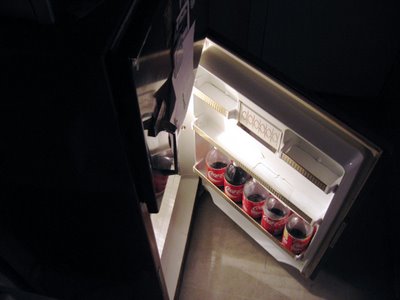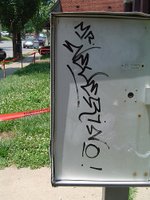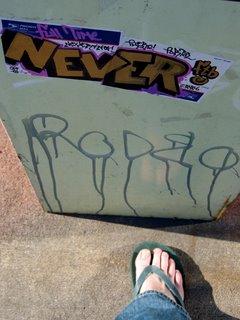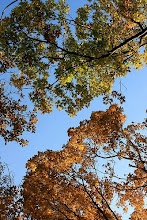
These are difficult days for the Soda-pop Expatriate. After many years abroad, he has returned to America with a diminished view of the way his favorite beverage is perceived around the world. The Yankee-friendly exuberance of the 1950s has finally fizzled out, and Coca-Cola is no longer politically popular. In fact, it has served as a scapegoat for many greater health and societal ills around the world. Obese New Delhians credit cola with their ungainly gains in girth. Rural Guatemalans blame the products for a spike in Diabetes cases. Many European universities have launched a boycott on Coke products on their campuses, determined to throw off the yoke of what they refer to as "carbonated imperialism."
At home as well, there are soda woes aplenty. Mr. Pibb has been stripped of his manhood, and is now referred to as Pibb Xtra (it's the extra that gets him every time). Mello Yello, the tired hippie, is not so much mellow as she is jaundiced. Elementary schools are considering removing pop machines from cafeterias in favor of less-fattening options. Across the country, thousands of health fanatics underdose on Cola every day.
Finally, the Soda-pop Expatriate's personal life is not what it used to be. Rather than spend his afternoons cruising down small highways at 120 km-per-hour with the windows open and a 44oz fountain drink in his hand, he instead drinks several paper cups of third-rate coffee each morning within the air-conditioned sterility of an office tower. Thanks to recent weight gains, holes in his teeth and several unsightly stains on his Siberian bearskin rug, even the Soda-Pop Expatriate is doing his best to kick the habit.
But it isn't easy. In the same way recovering addict musicians quit playing certain kinds of music because they associate it with drugs, the repatriated Soda-pop Expatriate is not quite sure what other concessions will need to be made in order to make a clean break. Naturally, some compromises are in order. So far, he has decided only to drink Coke on lunar holidays, on trips to the beach and whenever he goes out to eat Mexican food. And at lunch. Still, many emotional and physiological attachments to high-fructose corn syrup-flavored carbonated beverages remain.
Recently, he wrote this speech on the occasion of his one-night anniversary of not drinking any soda. It is addressed to the Soda Goddess, and is included exclusively here for your reading enjoyment.

Goodbye, Cola
by the Soda-pop Expatriate
Oh, opaque liquid
Your syrupy presence in my stomach
was always a comforting discomfort
Years ago, I went on Paul Revere's midnight bike ride for cola
searching for
the blinking beacon
of vending machines
stacked on top of each another
1 if by land
2 if by sea
3 if by air
4 if by dream
Now I will try to live without your carbonation
And I must admit, I feel lighter now
without your bubbles in my system
Lighter, but somehow less tied
to this gas-station covered landscape
where the endless soda
fountains of youth
spill over and
over and over














